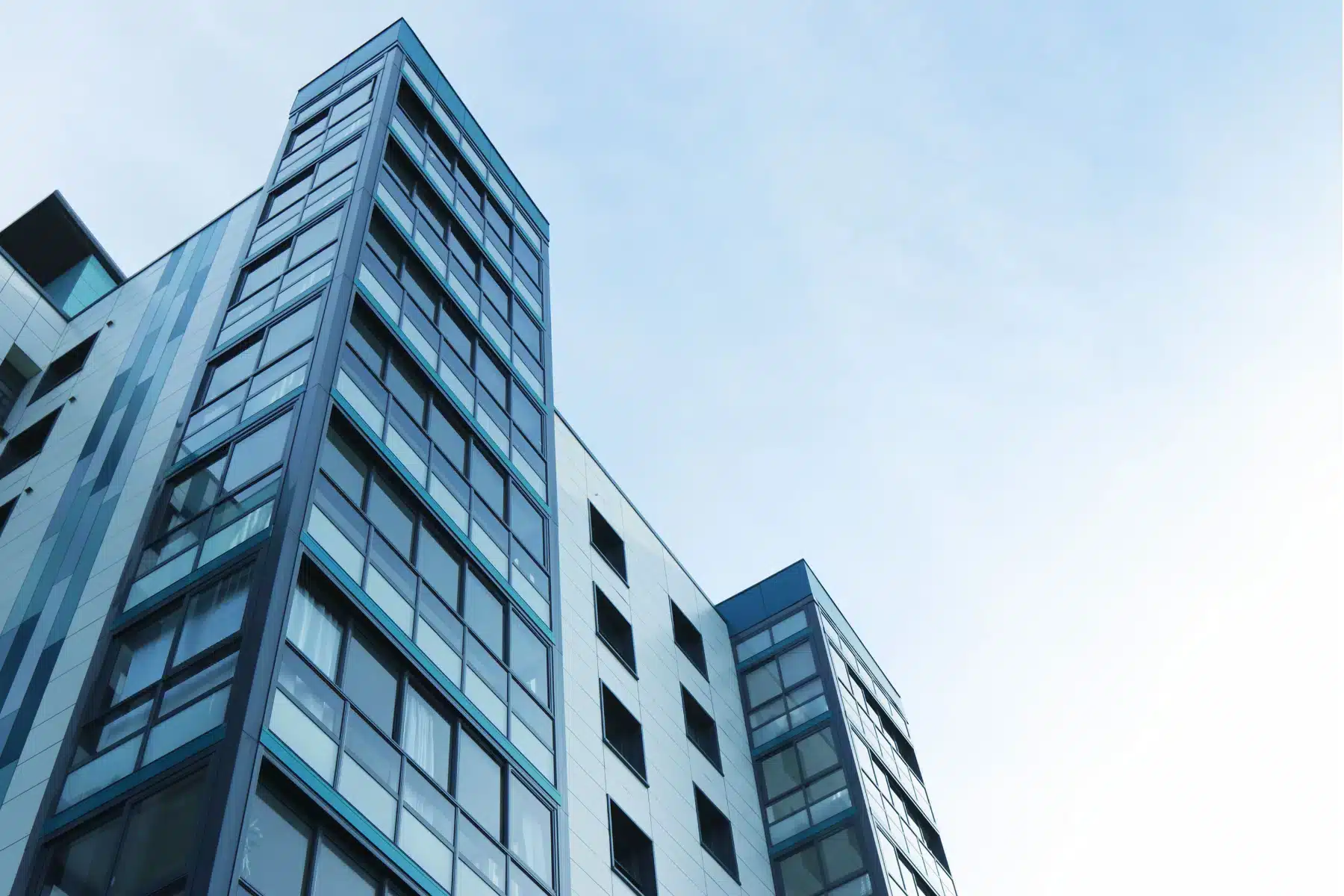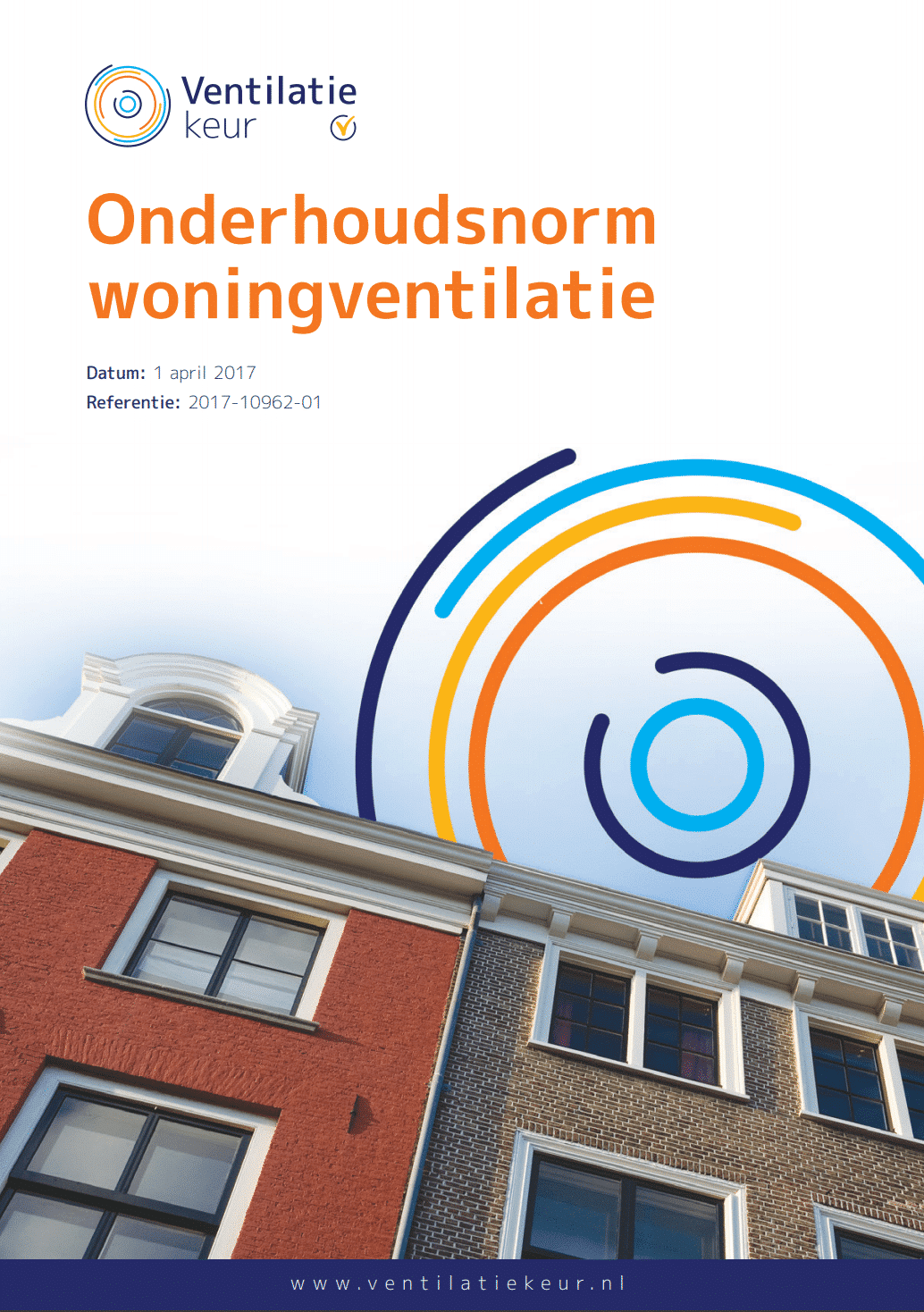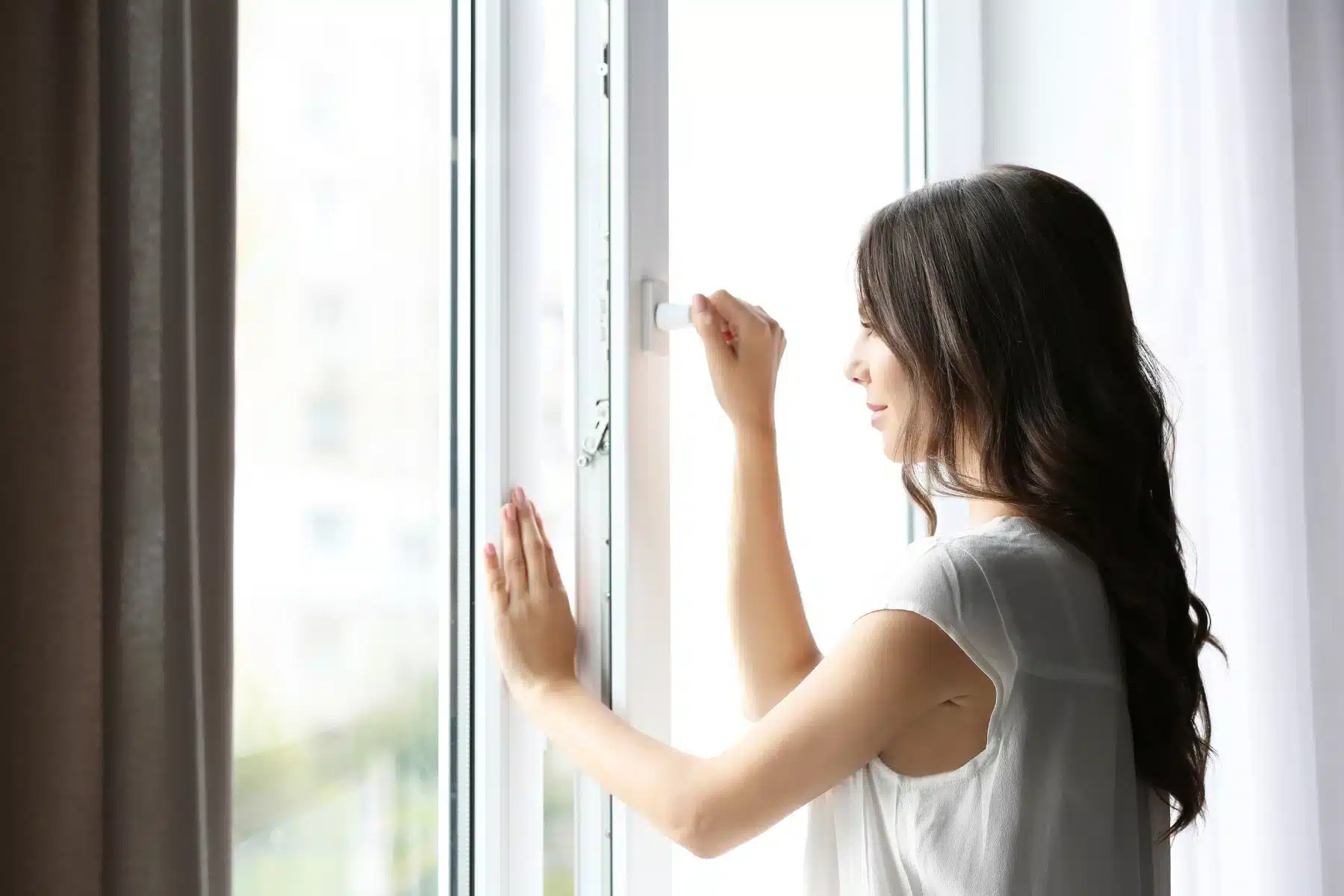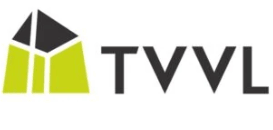Ventilatiekeur and housing managers
What does Ventilatiekeur mean for housing managers?
The sustainability of housing stock is crucial for both housing managers and corporations. Regular maintenance and a focus on a healthy home with high living comfort foster a positive and long-term relationship between tenants and landlords. Integrating ventilation and maintenance into the MJOB (long-term maintenance budget) is a straightforward way to ensure the preservation of properties. The maintenance standard within Ventilatiekeur guarantees regular inspections and servicing of ventilation systems, performed exclusively by Ventilatiekeur Specialists who meet certification requirements.
Ventilation equipment suppliers actively support Ventilatiekeur. Proper and regular maintenance extends the lifespan of ventilation systems while significantly improving indoor air quality. As a result, Ventilatiekeur aligns well with supplier-issued warranty plans, ensuring quality maintenance and performance.

Importance of regular maintenance
Residential ventilation is a key factor in ensuring healthy indoor air quality. To improve air quality in rental and owner-occupied homes, Ventilatiekeur has been developed. This protocol outlines requirements for the design, installation, management, and maintenance of ventilation systems. To maintain a healthy indoor environment, proper system calibration and regular maintenance are essential. By incorporating ventilation and maintenance into the MJOB (long-term maintenance budget), property managers can prevent unexpected issues, ensuring residents benefit from consistently healthy indoor air.
The benefits of regular maintenance
To enhance energy efficiency, modern construction is becoming increasingly airtight. However, living comfortably in a fully sealed home is impossible without proper ventilation. Ventilation systems are crucial for indoor comfort, and as a landlord or property manager, you are responsible not only for the property itself but also for the well-being of its occupants. Ventilatiekeur helps improve living conditions while ensuring long-term housing sustainability. Well-maintained and properly ventilated homes encourage tenant satisfaction and longer occupancy periods.
Key benefits of Ventilatiekeur:
▪ Reduced energy consumption of the ventilation system
▪ Avoidance of major repair costs through preventive maintenance
▪ Independent periodic inspections
▪ Full transparency on system quality and performance
▪ Extended lifespan of the ventilation system
▪ Enhanced living comfort, fostering a stable tenant-landlord relationship
Objectives of Ventilatiekeur:
▪ Establish a quality standard for residential ventilation systems (ensuring management and maintenance by certified ventilation specialists)
▪ Provide assurance that the certification guarantees compliance with established requirements
▪ Increase awareness of the importance of maintaining a healthy indoor environment
Assessment & classification
Independent periodic audits are conducted by certified inspection bodies. These audits assess the physical cleanliness of the ventilation system as well as ventilation capacity.
During the cleanliness assessment, components such as filters, fans, sensors, air ducts, and supply/return grilles are inspected. The ventilation capacity assessment verifies whether the system meets legal requirements and has been correctly adjusted.
Following the audit, a quality classification is assigned based on the Ventilatiekeur rating system:
▪ Ventilatiekeur ★
Meets cleanliness requirements but not ventilation capacity standards
▪ Ventilation certification ★★★★★★★★
Meets both cleanliness and 100% ventilation capacity requirements
▪ Ventilation certification ★★★★★★★★★★
Meets cleanliness requirements and exceeds ventilation capacity by 120%





